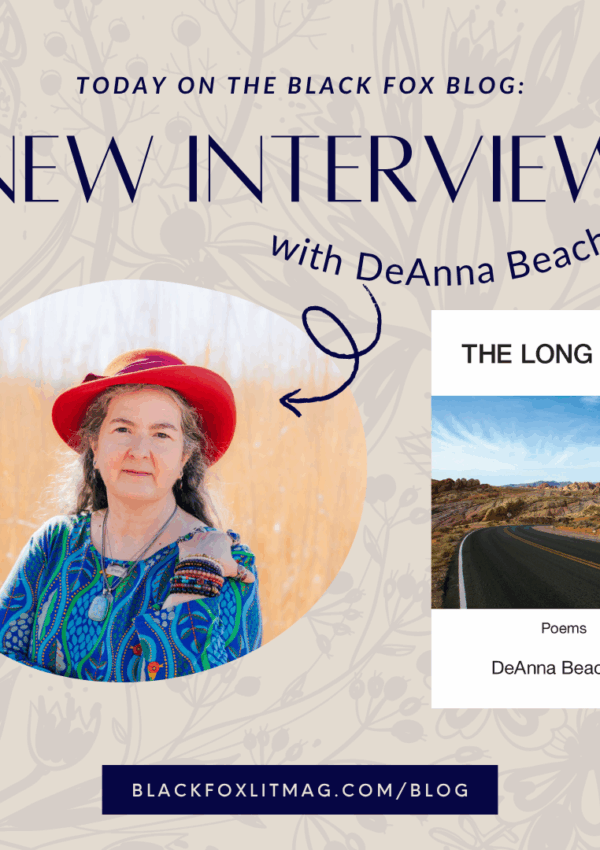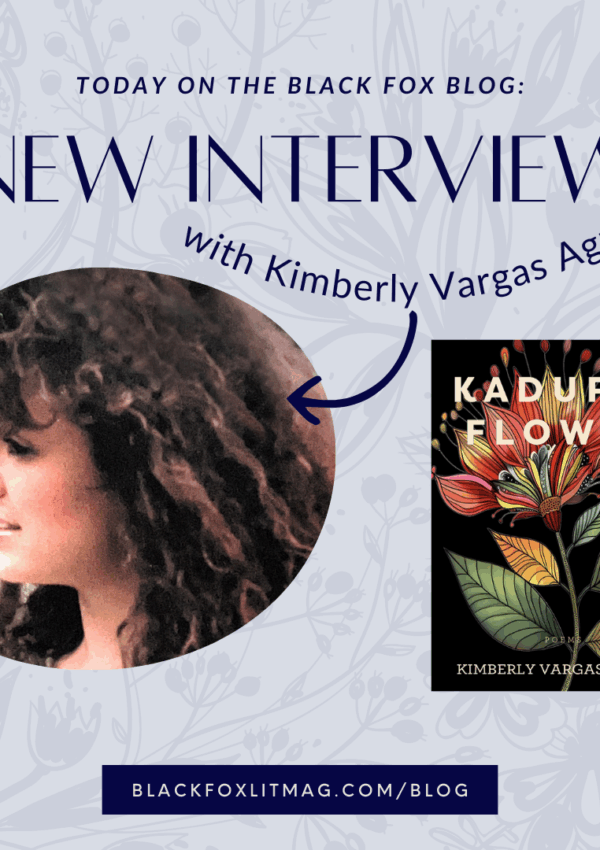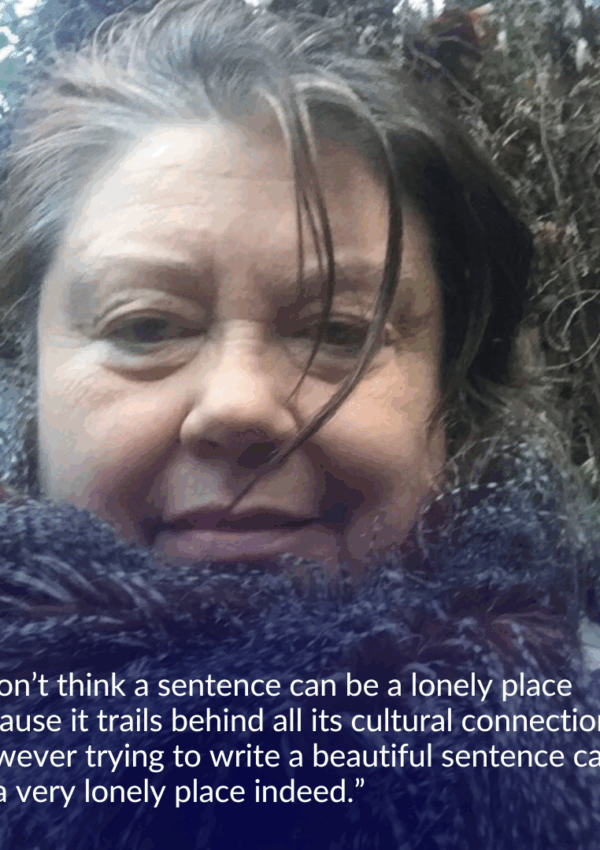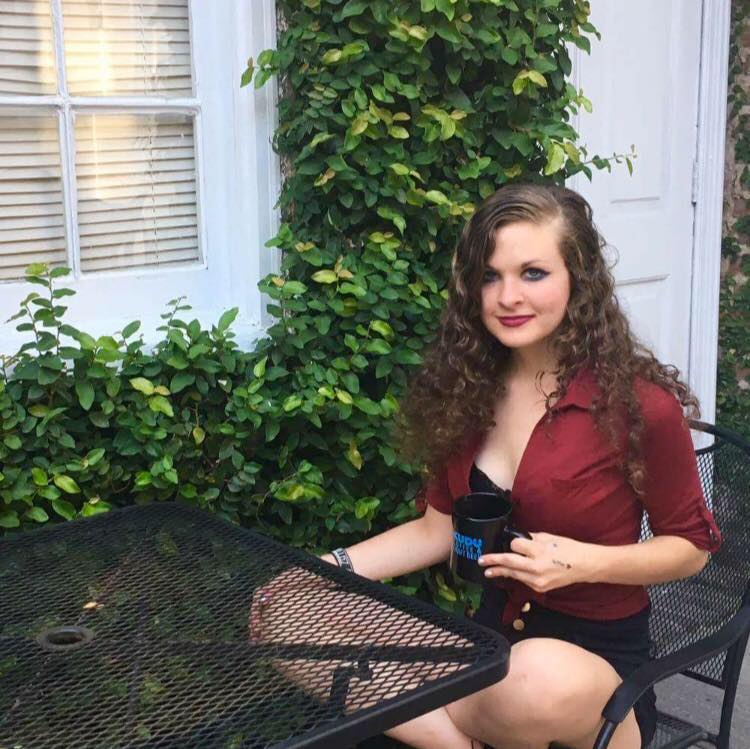An interview by Alicia Cole.
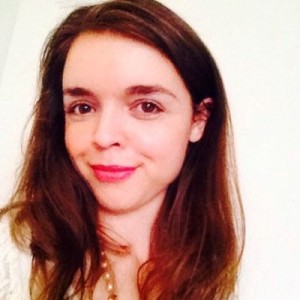 Tasha Cotter is the author of the poetry collection Some Churches (Gold Wake Press, 2013) and the chapbooks That Bird Your Heart and Girl in the Cave. Winner of the 2015 Delphi Poetry Series, her work has appeared in journals such as Contrary Magazine, NANO fiction, and Booth. Tasha is a contributor to Women in Clothes (Blue Rider Press, 2014), The Poets on Growth Anthology (Math Paper Press, 2015), and the 2017 Poet’s Market (Writer’s Digest Books). She makes her home in Lexington, Kentucky where she works in higher education. Tasha’s fiction appears in Issue 3 of Black Fox Literary Magazine.
Tasha Cotter is the author of the poetry collection Some Churches (Gold Wake Press, 2013) and the chapbooks That Bird Your Heart and Girl in the Cave. Winner of the 2015 Delphi Poetry Series, her work has appeared in journals such as Contrary Magazine, NANO fiction, and Booth. Tasha is a contributor to Women in Clothes (Blue Rider Press, 2014), The Poets on Growth Anthology (Math Paper Press, 2015), and the 2017 Poet’s Market (Writer’s Digest Books). She makes her home in Lexington, Kentucky where she works in higher education. Tasha’s fiction appears in Issue 3 of Black Fox Literary Magazine.
Black Fox Literary Magazine: Your new chapbook Girl in the Cave, forthcoming from Tree Light Books, is a studied dichotomy in being trapped and being freed. Why are you fascinated with this duality?
Tasha Cotter: This theme wasn’t apparent to me when I was writing the book, or even when I was organizing the poems that would comprise the book. It’s only now, looking back at the poems and preparing for the release of the chapbook that I’m starting to see how strong a theme this is throughout the book.
I think that, for me as a writer, that ability to know and not know has always been at the heart of what I’m writing about. I’m big on routines and sticking to my plans. I like to make check lists. I’m just very Type- A, in general, but over the last couple of years, I’ve given myself more room to… experiment, to let go a little bit, and I’m just not as strict with myself as I used to be. I think that’s got to relate to this theme somehow. This freedom to soak in the world, to allow myself to be curious about what I’m naturally curious about (the land, hidden histories, human relationships, and the idea of community) has been a big relief. My mind just gravitates toward how we interact with the land.
I’ve been the girl in the cave, and I’ve been the one living on the other side of all that darkness.
BFLM: To continue with the dichotomous trend: what inspired you to write these words; what chased you away?
TC: I think a lot of the poems grew out of my research on the south-central Kentucky area. I know this land very well, but what I never gave much thought to was how the land looked and felt hundreds of years ago. Going back and thinking through the land I thought I knew, I found people I never knew who lived in the same area I did, growing up. I liked finding ways of linking the past to the present, the land being a marker for something we share in common. It felt like recovering history. And all this led me back to the spectacular cave system (Mammoth Cave National Park).
BFLM: There’s a desperation in the first works of the collection, a concept that “we all needed to come clean” as you mention in “Thanksgiving;” can you speak to this? Where did this thrust arise from in the creation of the individual poems and chapbook as a whole?
TC: This is a special poem for me. Another driver of this book is human relationships. I come from a place where everyone had a job, and if you didn’t have a job, someone would soon enough give you something to do. You had to stay busy. If you didn’t stay busy, you’d get in trouble.
In this poem, I wanted to capture that mindset in the midst of a family breakdown. There’s little talking, almost everything is internalized to be puzzled over, and yet we have these colors that jump out at us, infusing the poem with color and possibility where clearly the past isn’t that far behind. There’s this sense of the coming future and how different it will look and feel.
I come from a rural place, and so farming was a big part of the community fabric. In the poem I wanted that rural element to be there, but I also wanted to tilt the picture somewhat by the use of us (No one would say what would happen / to the rest of us). That single word, us, drove the poem in a way that I really enjoyed – the breakdown feels big and the disconnect feels vast and mysterious. There’s almost a magical quality to it.
BFLM: There’s a punch/release rhythm to this work through the second half. A journey and a misery. What are you hoping readers leave with, if anything? Perhaps the wish in “A Guide to Getting Away”: “the further you go/the farther you get from who you were years ago?” Perhaps not?
TC: This book is a journey – a living-in-hiding to a place of… not understanding exactly, but more like a place of being known to oneself, and of life in constant motion. I didn’t want this book to feel easy because the poems and the message aren’t easy. I wanted a sense of grace in the second half of the book as much as I needed the sense of danger to be there. For me, that felt real.
BFLM: Your work is bold and self-eviscerating. Has it always been this way? Why do you write?
TC: No, my work has not always been this way, and I think there are poets out there bolder than I am. Those are the poets I really admire – willing to take risks and be brave. I remember the first time I read Kara Candito’s “Taste of Cherry” – I was blown away by the language and rhythm. That being said, Mary Oliver is a poet I return to all the time. Her ability to connect nature and the outdoors to the human experience is so powerful and is always done so well – there’s a lot to admire.
Over time, I’ve gotten more comfortable taking risks in my work, though I still wouldn’t say it’s easy because you always wonder what people will think, though this doesn’t consume me like it used to. I just don’t want to let myself off the hook in my own work, and for me, writing has always been closely linked to self-understanding, but I always want to make anything I’m trying to say artful and relevant to the reader.
I think my work is still evolving. Some of these poems in Girl in the Cave are some of my most daring poems yet. These days, I’m trying to work on a book-length poetry project that chronicles one year in my life. I started this project back in January, and it’s forcing me to look harder for the poetry in the everyday experience.
I don’t want to write the same poem over and over. I want to keep trying new things and discovering ideas, subjects, and ways of looking at the world that shift my thinking.
BFLM: This is your third poetry collection. How have you and your writing changed and grown over the process of producing three books?
TC: The best part of publishing a book is sharing it with readers. When my first book came out I was a little unsure of what to do, or how to approach the whole thing. I’m getting more and more comfortable with that other side of writing a book – the part where it’s actually a thing in the world that people can buy and read. Basically, I’ve grown a little more confident, and a little more willing to share my work with people. I think I just accept myself more than I did in the past.
Sharing my work with creative writing students and readers of all kinds is hands down the best part – and maybe holding a copy of my book – that’s pretty high up there, too. I love to go to readings and book fairs – often it’s a way to teach some of my favorite poems and poets, as well as test drive new material I’m working on.
BFLM: Do you have any new work developing on the horizon?
TC: I’m currently working on placing my second full-length collection of poems, Southeastern. This collection includes many of the poems found in the Girl in the Cave chapbook. This collection focuses on the interaction between people and the southeastern landscape, and it includes poems inspired by local history, folklore, and a thousand other things.
BFLM: What does daily life in Kentucky provide you as a poet?
TC: I work in higher education, specifically the Landscape Architecture program, on a big campus and I frequently teach as well. As a writer, I tend to soak everything up – stories, ideas, and experiences. Working with people every day is extremely enriching because I get to be out in the world each day, observing, recording, and writing. A lot of days I get to surround myself with the language of the world around me and think about issues of creativity, place, and human design. That’s a very rich place for me as an artist.
Besides what I do each day, I love to travel and find ways to connect with nature. If I’m not working with students I’m either reading or finding reasons to be outside, exploring the land around me. This place gives me the space to do all these things.
